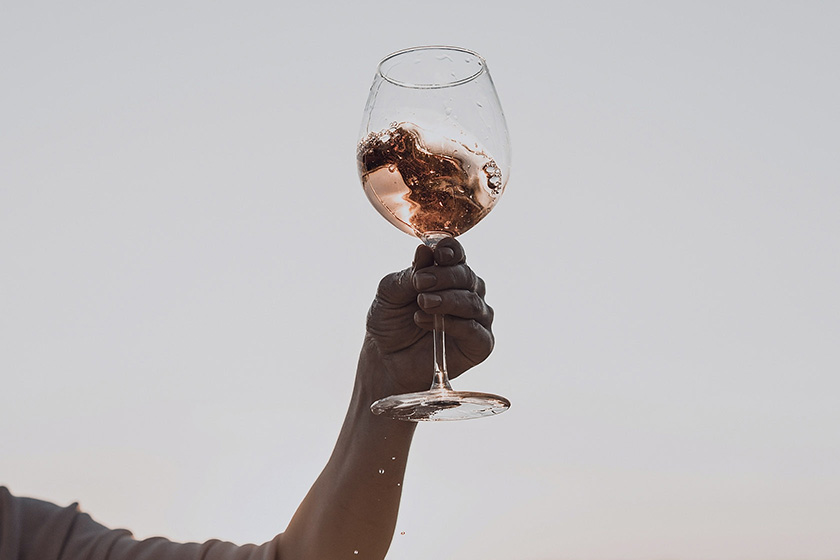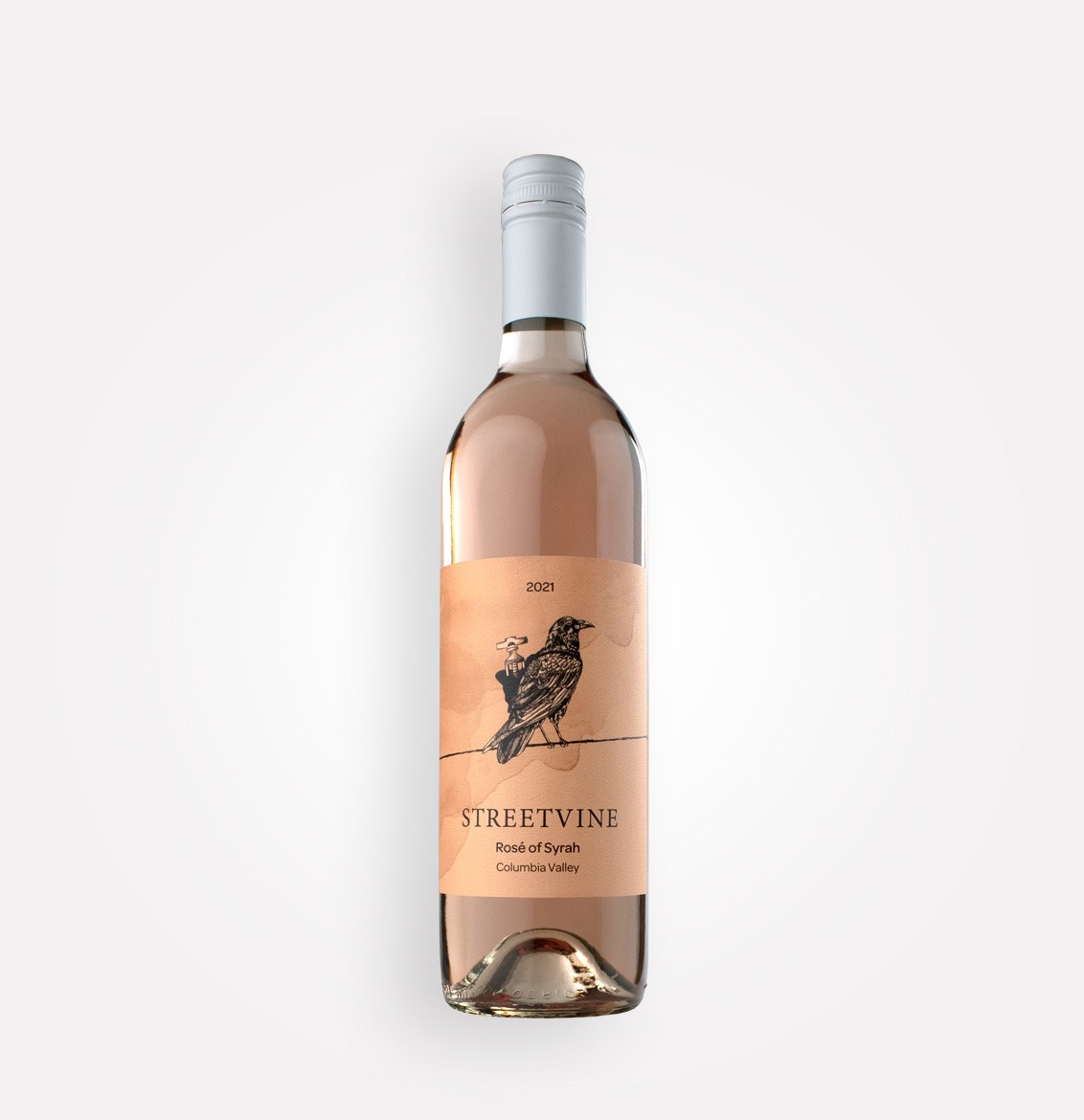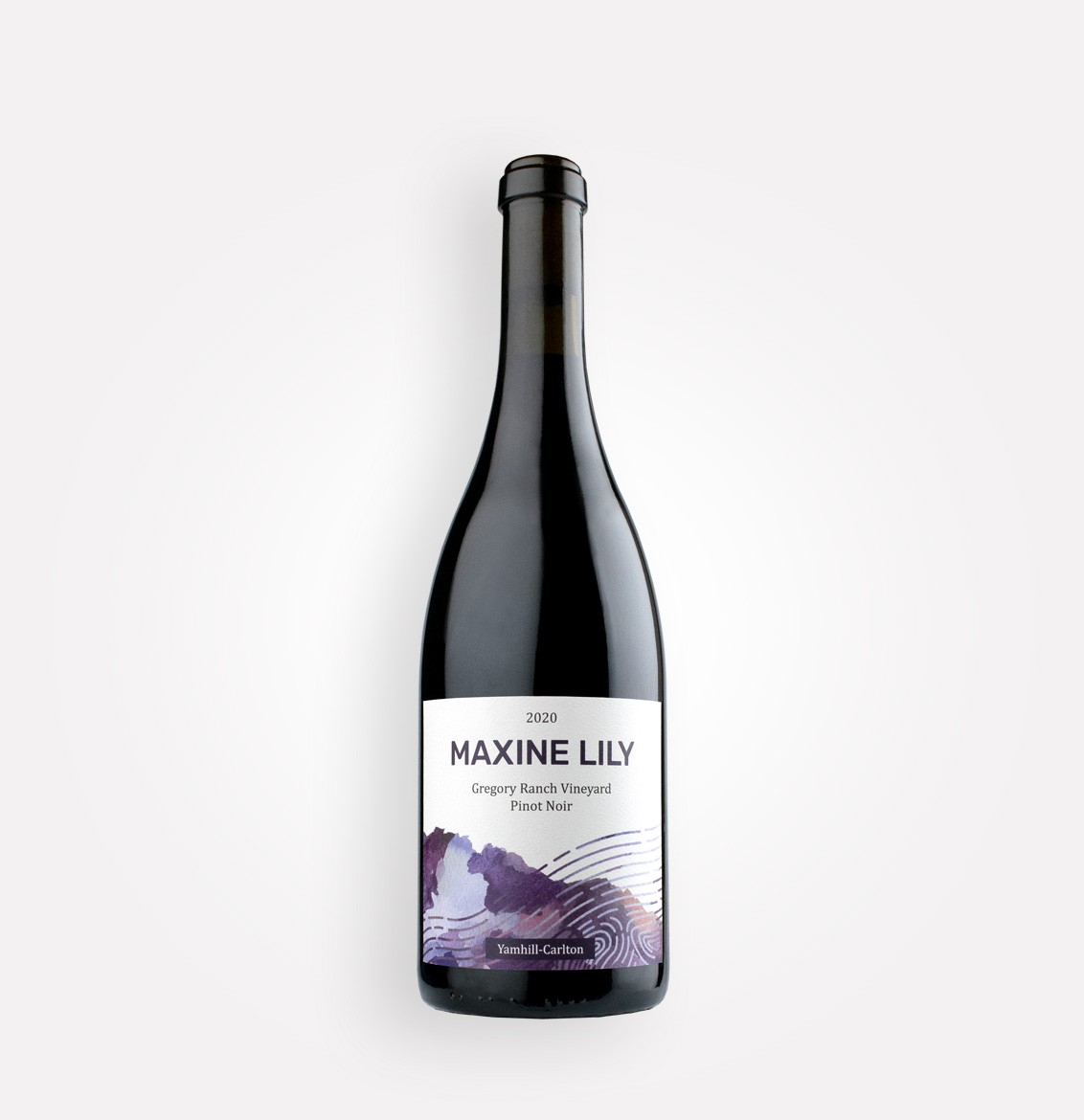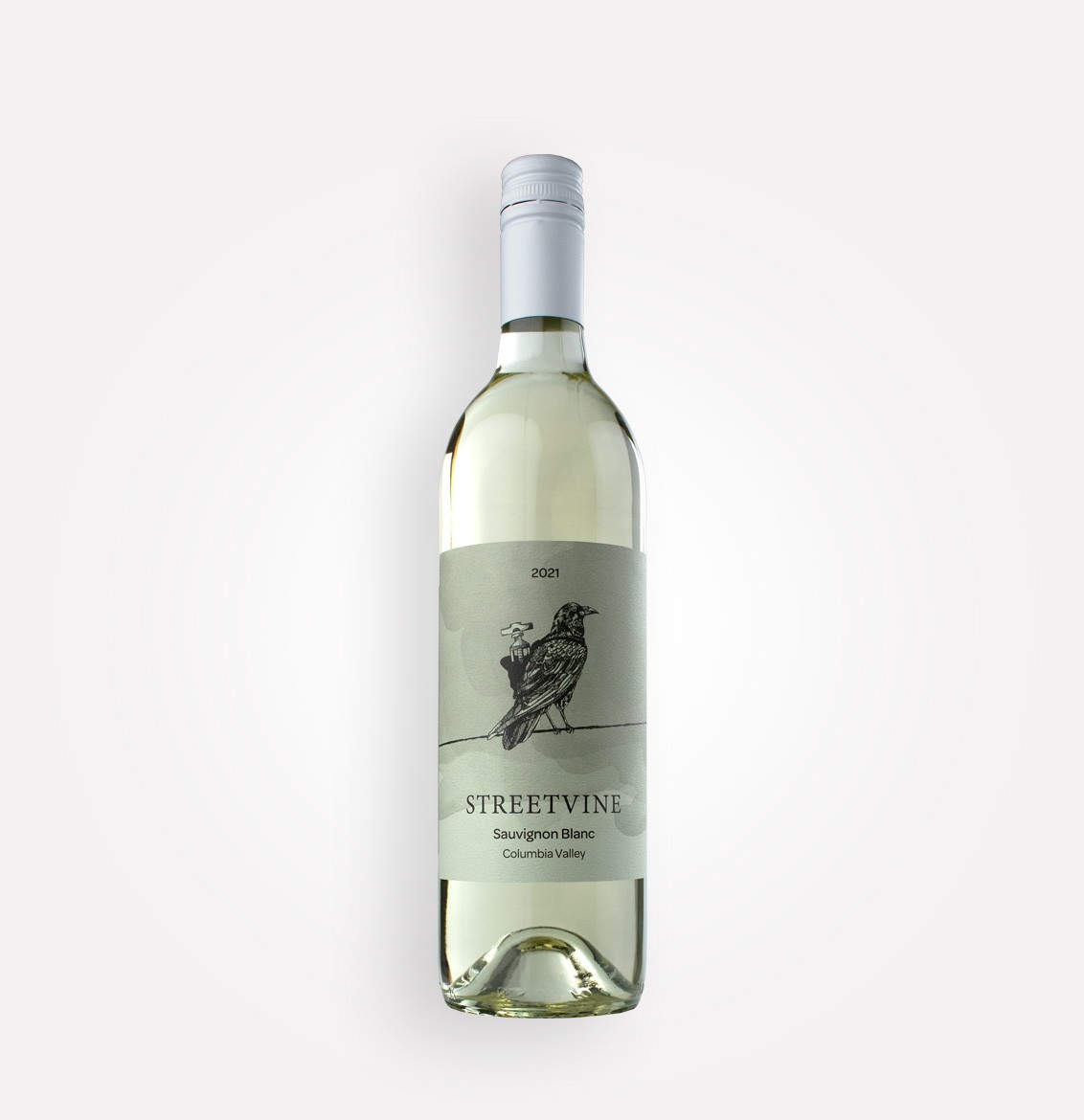Embrace the pink all year
Rosé isn’t just for summer. Sip your way through every season with this pink elixir.
Opening a bottle of rosé on that first warm day of spring is exhilarating! Warmer, longer days are ahead, and you want to celebrate with the cool pink wine that tastes like summer in a glass. But why do we wait until the weather heats up to have a delightful rosé?
The answer is that we don’t! Sure, the cold winter months are dominated by big, bold, full-bodied reds with hints of leather and tobacco that are great to drink next to the fireplace with a good book as the snow falls silently just outside the window — sigh. However, that doesn’t mean that you have to put your rosés in storage along with your beach chairs. There are several reasons to keep rosé on hand all year long, and that should immediately brighten your spirits.
Rosé wine is a great combination of dry and “sweet”
First of all, rosé is highly versatile, and if anyone tells you that a full-bodied rosé doesn’t exist, they are just plain wrong. Rosé wine is a great combination of dry and sweet, with notes of berries, citrus, and roses, making it great for food pairings year-round. Although some rosés can contain residual sugar (RS), many are dry so the fruit notes may give the perception of “sweetness.”
Its structure and profiles are not that dissimilar from a dry California white wine such as Sauvignon Blanc or Chenin Blanc regarding its moderate to high acidity. Higher acidity is excellent for cutting through heavy, decadent dishes such as coq au vin or spicy food like tailgate chili. Pair rosé with your Thanksgiving Turkey, mashed potatoes with gravy, and stuffing, and we promise that cool, light flavor of rosé will be a welcomed reprieve from all of the heavy food. Dear traditionalists who believe the winter months are solely for dark, rich reds, we have a rosé for you too! We agree that there is a lot of comfort in drinking bold red wine on a cold winter day. There is nothing like it. However, there is a great compromise in the form of GSM rosés. GSM, Grenache, Syrah, Mourvédre, rosés from Southern Oregon are a much darker ruby color with a fuller body and savory tasting notes. The blending of these heavy hitter red grapes makes for an intensely complex rosé.
Wintertime rosé? Yes. Age-worthy rosé? Yes, again.
If we look at the individual grapes that make up a GSM rosé, they produce some of the best “comfort wines” of colder months. Their flavor profiles include grilled plum, leather, dried herbs, blood orange, tobacco, and chocolate. Naturally, many of these tasting profiles are going to transfer over to their ruby-colored cousin. GSM rosé gives you the best of both worlds with a darker, more structured wine with notes of berries and citrus.
Another common myth surrounding rosé is that the best vintage is the current one. While younger wines seem to be the most popular to drink, some rosés are better when aged 3-5 years. Aging allows the expression of the grape to shine through.
If you’re still skeptical, that’s ok. The only way to resolve your skepticism is to cook a nice hearty Sunday dinner on a chilly day and drink some rosé, all in the name of research to realize that rosé isn’t just for summer. That doesn’t sound like terrible homework to us.




